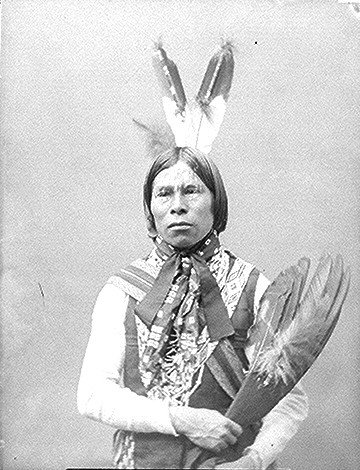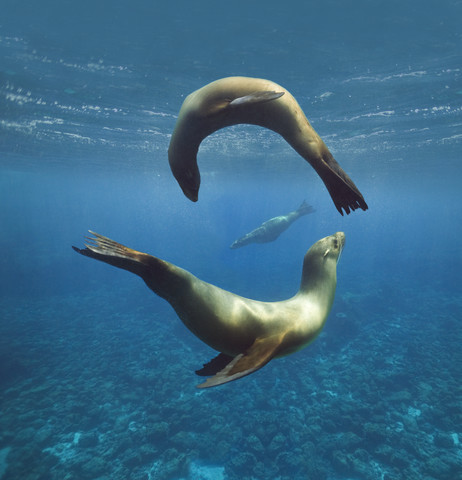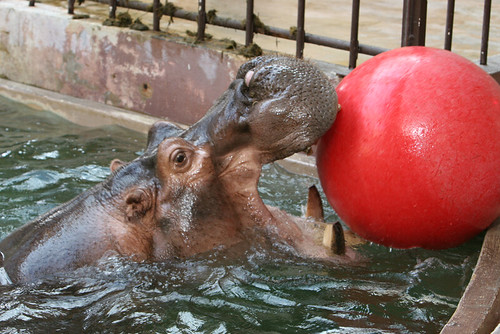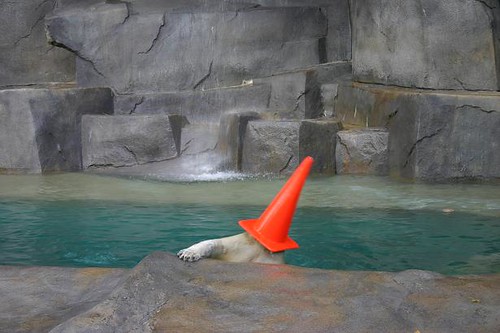Gamification was used the indigeous people of the Plains such as The Cheyenne, the Arapaho, the Sioux and the Crow.
The plains People were a highly complex warrior culture dominated by a spiritual connection with nature and strong family bonds. Children were especially cherished and boys – with the future of the tribe depending on their skills as hunters and fighters – were trained to aspire to greatness on the field of battle. So a rigorous training regimen and system of achievement and award was created to ensure the development of boys into proficient warriors.(could a system like this be used to develop children and adults into more sustainable inhabitants).
While killing an enemy in combat was considered honorable, the greatest honor was bestowed upon those men who could get close enough to his enemy to touch him and then return to safety. This was called a coup (pronounced coo). (also performed with bears)
To expose oneself to the dangers of such an act was the epitome of bravery, for it entailed great risk to the man attempting it.
the man who had done this was given special honours that he could display openly to convey his prowess.
A brave was a young man who had been rigorously trained for war, but who had not yet proved himself on the field of battle. A warrior, on the other hand, was a man who had counted coup. By rule one could count as many as three coups on one enemy by touching him as described, by riding him down, by capturing his weapons or clothing, touching his tipi and in some cases stealing his horse. But in order for a coup to count it had to be witnessed and then officially recognized by tribal council.
He had proven himself worthy of respect and responsibility – for bravery of this kind was indicative of his strength, his cunning and leadership qualities, he was now seen as an example to follow and given his first eagle feather.
Eagle feather head dresses were worn by a great Native American chief. The feathers on the head dress each have their own meaning and the marks and notches on each feather indicates something.


The Golden Eagle was the most spiritually significant animal among the many the Plains peoples’ revered. Its feathers were symbolic of the rays of the sun. Thought to be a connection between man and god.
A man’s first coup was marked by a single upright feather worn in his hair. A feather dyed red indicated the enemy had been killed. A feather worn horizontally indicated a second coup, and the third was marked by a feather worn pointing down. Some Plains tribes used red spots, red bars and clipped tips to indicate types of coups and kills.
This rather ingenious system of achievements and awards gave boys something to aspire to and men a way of measuring the success and leadership qualities of other men.
the very same skills required in taking a coup happened to also be the same required for stalking buffalo, running them down on the back of speeding horse, steering with only their knees while aiming and firing a bow. Thus a boy would put himself through years of intense training, all in pursuit of a feather. A powerful badge indeed.
a man’s record and deeds were broadcast to everyone, signifying his status and earning him respect – an amazing example of how humans use images and symbols to influence behaviour.
Every stitch of clothing an Indian wore, every object he owned, every weapon, tipi and horse was decorated with the symbolism of his achievements or his various spirit guides.Every mark on an Indian’s body had meaning. Every adornment was arranged by careful design. Face paint, earrings, hair styles, how he held his bow or gun, the decorations on his horse and home all combined to tell the complex story of his life, a story that his friends and enemies could read from a distance. Imagine wearing your Facebook page and your entire Twitter feed along with your Flickr stream and LinkedIn profile. The complex visual codes of the Plains Indians served to indoctrinate initiates into the culture and reinforce their tribal and family structure. It brought them closer to the spirit and closer to nature.
http://gamification.co/2011/05/09/op-ed-counting-coup/
In a way gamification was also used in scouting in relation to their badge system of achievement.



















